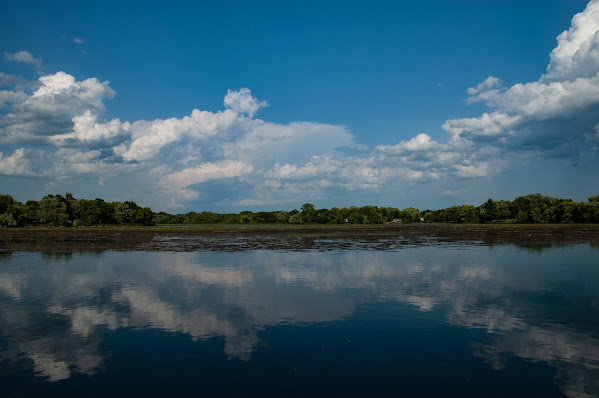Minolta a pioneer in Autofocus Film SLRs was also one of the early pioneers in Digital cameras. In 1995 Minolta released one of the early digital pocket cameras, a 1.75 MP digital camera the Minolta RD-175.
A mere 11 years later Konica-Minolta would liquidate its Digital Camera division to Sony and focus on producing their Multi-Function printers. Years later Sony would sell the Minolta name off to a Chinese fly-by night 4th party company which would make cheap modern Digicams using the Minolta name; but these were a far cry from what Minolta used to be.
The Minolta DiMage A2 was released in 2004 and was thus one of the last Digital Cameras Minolta would ever make. It was in a crowded market of 8mp Bridge Cameras including the Canon Powershot Pro 1, Sony f828, Olympus C-8080 and Kodak Easyshare P880.
Normally I only provide 3 reference images, a front, top and back. But since the Minolta DiMage A2 has a lot of its controls on the side, I decided it was worth including a shot of those controls.
The Minolta DiMage A2 runs a very similar 8mp 2/3" CCD sensor to the Canon Powershot Pro1. It has the same 7x Optical zoom range as the Canon Powershot Pro1 as well. The Minolta does however have some differences mainly in the way the camera zooms (physical vs electronic zoom), tilting EVF and a different control layout.
There was one thing in particular that I absolutely hated about the DiMage A2 that I have not ran into on any other camera and that was the placement of the power button right next to one of the main function buttons (the Function button used for Exposure compensation and Aperture control in manual mode). This button was in a very common place where you could easily hold the button down with your thumb while your index finger operates the control wheel. But when I was trying to operate this function 50% of the time I would turn the camera off instead.
The OVF on this camera was extremely low resolution even when compared with a competing model such as the Sony f828 and Canon Powershot S1 Pro. It made it useless to gauge exposure preview and focus detail and was only useful for framing a shot. The fact that it tilted up did however give the EVF a unique property for doing angled shots that I only have otherwise in the much more modern Panasonic GX8.
Overall this camera was more responsive then the Canon Powershot Pro1. It had a slightly bigger file buffer from the Pro1 meaning it could take several shots in RAW format before having to dump the data to the extremely slow memory slot. While I shot this camera mostly in JPEG still due to the slow write speed after 3-4 shots in RAW; the practical functionality of RAW shooting was adequate if you were only doing single street shots with short pauses between each photo.
The Minolta AF system was overall faster and more accurate then the Powershot Pro1, and the mechanical zoom was a huge advantage over an extremely slow mechanical zoom the Pro1 had. In addition, the lens on the Minolta DiMage A2 had a lot less Chromatic abberation at the cost of being slightly softer. In the end, its a toss up on which one was better but they both had unique properties and gaping flaws unique to each camera.
On the Minolta I found the zoom and AF to be much smoother and faster. I also didn't have to deal with very obnoxious CA on tree branches or bright objects that the Canon had. It also was able to shoot more photos, including RAW files before pausing to write to the memory card.
The Canon on the other hand had a much better and more familiar ergonomics and control layout, better more vibrant color and contrast, and a better, higher resolution EVF.
In the end, both had their own set of challenges which frustrated me enough to ever consider using either one as a daily shooter or anything other then something I'd take out very occasionally for a challenge shot. There are plenty of older Digital cameras I'd pick to shoot over either of them because of this reason; but just like the Canon Powershot Pro1 I manged to get a few solid photos from the Minolta DiMage A2 during its challenge week as you can see below.




.jpg)





























